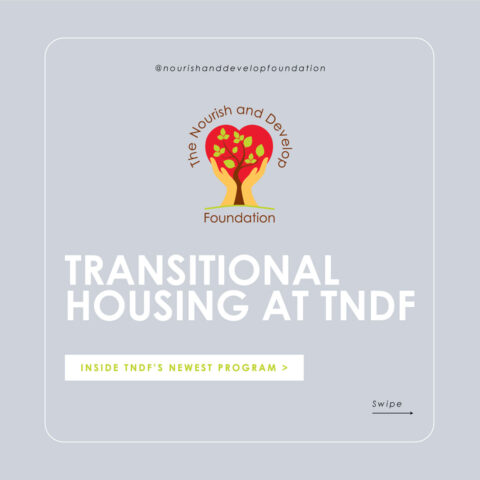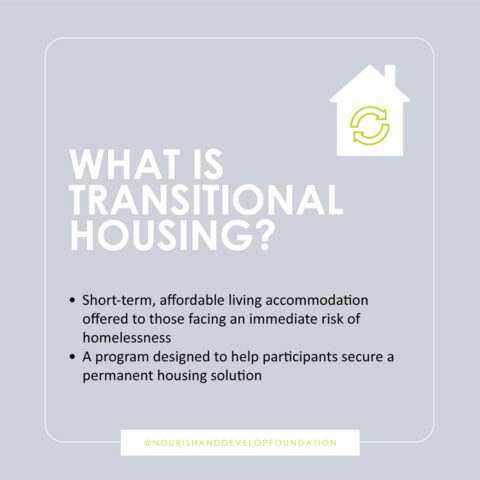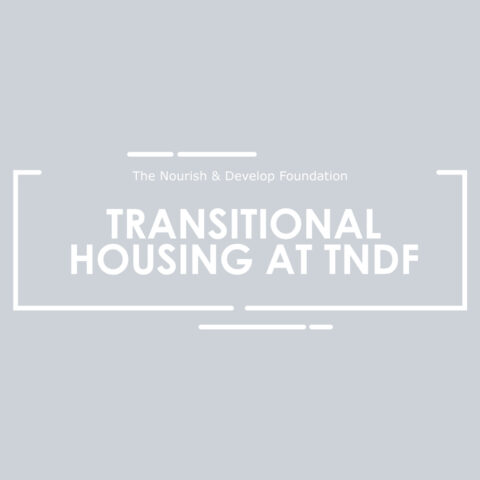What is Transitional Housing?
Inside TNDF's Newest Program
Homelessness, resulting from a lack of affordable housing, has become a growing crisis in Canada over the past few decades. While several factors contribute to homelessness, unaffordability, low vacancy rates, and insufficient social housing exacerbate the problem.
Women with children are one of the most vulnerable subgroups of the homeless population. Even though transitional housing programs are short-term solutions, they can help to bridge the gap between absolute homelessness and securing permanent housing, especially for women leaving abusive relationships.
TNDF’s transitional housing program provides affordable, temporary, emergency housing to community members at risk of absolute homelessness. This 6-month program has been created to provide a safe and affordable place to reside while allowing participants time to create and enforce a plan for their future. This may involve getting legal assistance to separate from a partner, applying for a new job, or furthering education.
In addition to providing temporary affordable living accommodations, emergency food access, and personal and household items, TNDF will support Participants by providing advocacy, referrals, information, and connecting Participants with Housing Support.
This program is not a regular apartment or permanent living situation. It is intended to be used in emergency situations to prevent homelessness and is not subject to the Residential Tenancies Act or rules and regulations set forth by the Landlord Tenant Board.
Participants in this program are required to take part in personal development programming facilitated by TNDF. Participants will be provided support to complete the program by exploring all known and available resources to support the objective of securing a permanent place to live.
Currently TNDF has five units available for women, children, and pets.
To qualify for the program a participant must:
- Require temporary, emergency housing further to having exhausted all other options for housing
- Be able to pay an occupancy fee
- Have a plan in place for moving on to a permanent housing situation within six months from the beginning of the program
- Be willing to move anywhere within Durham Region, City of Kawartha Lakes, York Region, and Simcoe County
- Agree to actively seek permanent housing while taking part in this program
- Meet with TNDF staff each month to assess their progress in finding permanent housing and address any additional need for support
While it is the sole responsibility of the Participant to secure a permanent residence, within six months of starting the program, TNDF will assist the Participant in their search by connecting them with a Housing Worker who will provide them with rental listings and general information on securing permanent housing.
If the participant requires more than six months to find a permanent residence, they may have the opportunity to extend their participation in the program for an additional 5-month period (maximum). Only one extension will be given to each participant, and the maximum time for participating in the program is one year (365 days). Extensions will be determined by TNDF staff based on active participation in the program, care of the unit and ability to pay the occupancy fee.
If you or someone you know is in need of this service, please contact (705) 432-2444 or mackenzie@tndf.ca.












